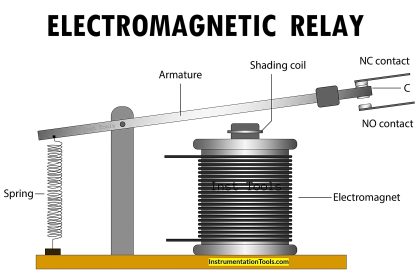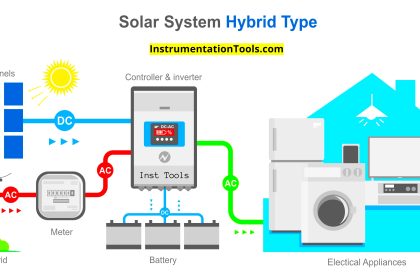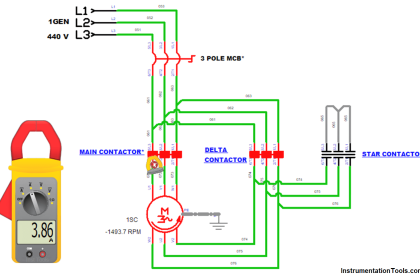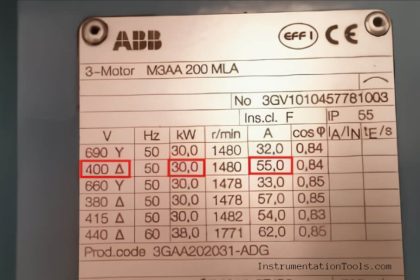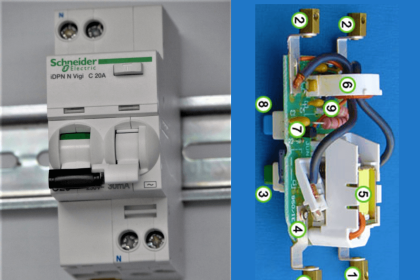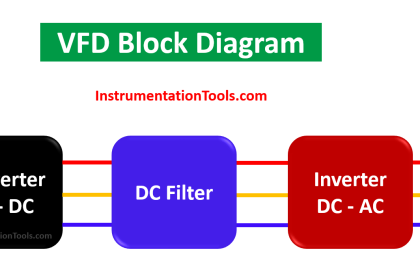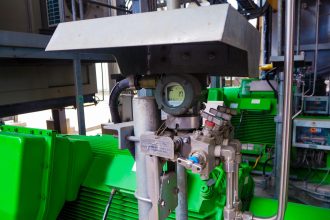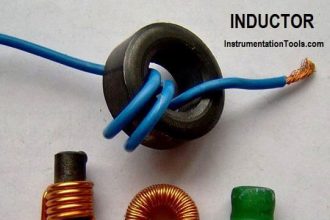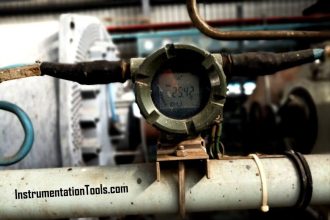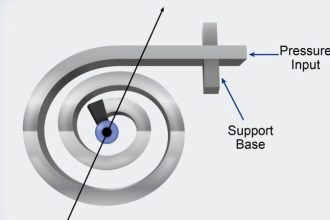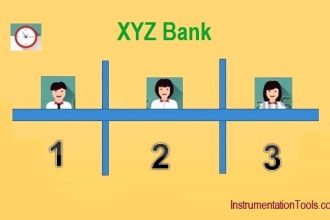The Basic Electrical Terminology Terms as follows:
Active Power (Watt): Sometime called Real Power, True Power or Effective power. It describes the actual amount of power present in a system in watts (W) and the symbol is P. In a simple resistive circuit, the voltage and current are in phase and the active power is equal to the apparent power.
Ambient Temperature: The temperature of the air, water, or surrounding earth.
Ampacity: The current-carrying capacity of conductors or equipment, expressed in amperes.
Ampere (A) or amp: The basic SI unit measuring the quantity of electricity. The unit for electric current or the flow of electrons. One amp is 1 coulomb passing in one second. One amp is produced by an electric force of 1 volt acting across a resistance of 1 ohm.
Ampere-hour (Ah): Quantity of electricity or measure of charge. (1 Ah = 3600 Coulomb)
Apparent power (VA): Used to describe the useful or working power in a system. It is measured in VA volt-amperes (not watts). The symbol is S. It is used to describe the resultant power due to the phase separation between the voltage and current. In an alternating current circuit, both the current and voltage are sinusoidal. The Apparent Power is the useful power in the system by taking into account the Power Factor.
Ground: A large conducting body (such as the earth) used as a common return for an electric circuit and as an arbitrary zero of potential.
Impedance: The total opposition that a circuit offers to the flow of alternating current or any other varying current at a particular frequency
Inductive reactance: Electrical current produces heat and/or a magnetic field (such as in the windings of a motor). The tendency for current flow and changes in flow to be influenced by magnetic fields is inductance. An AC circuit that contains only inductance, capacitance, or a combination of the two is defined by the total opposition to current flow expressed in reactance. Inductance only affects current flow when the current is changing. Inductance produces a self-induced voltage (called a counter EMF) that opposes changes in current. Obviously, the current changes constantly in an AC circuit. Inductance in an AC circuit, therefore causes a continual opposition to current flow is called inductive reactance.
Power Factor (PF): Power factor is the ratio of the Active Power to the Apparent Power factor. It is a number between 0 and 1 and is used to determine how efficient a power system is. It is determined by the type of loads connected to the power system. For a purely resistive load, the power factor will be 1, and only real power will flow. Inductive loads such as transformers and motors absorb reactive power. Capacitive loads such as capacitor banks or long cables generate reactive power.
Reactive Power (VAR): Reactive power is described as the amount of power required to overcome the phase shift between the current and voltage due to inductive and capacitive effects. It is measured in reactive volt-ampere’s (VAr) and the symbol is Q. It is desirable to keep Reactive Power to a minimum.
Kilowatt-hour (kWh): One thousand watts acting over a period of 1 hour. The kWh is a unit of energy. 1 kWh=3600 kJ.
Ohm: The derived SI unit for electrical resistance or impedance; one ohm equals one volt per ampere.
Total harmonic distortion (THD): The measure of closeness in shape between a waveform and its fundamental component.
Volt (V): A unit of measure of the force given the electrons in an electric circuit. One volt produces one ampere of current when acting on a resistance of one ohm.
Voltage Drop: The loss of voltage between the input to a device and the output from a device due to the internal impedance or resistance of the device. In all electrical systems, the conductors should be sized so that the voltage drop never exceeds 3% for power, heating, and lighting loads or combinations of these. Furthermore, the maximum total voltage drop for conductors for feeders and branch circuits combined should never exceed 5%.
Watt (W): The unit of electric power, or amount of work (J), done in a unit of time. One ampere of current flowing at a potential of one volt produces one watt of power
Watt-hour (Wh): One watt acting over a period of 1 hour. The Wh is a unit of energy. 1 Wh=3.600 kJ.
Also Read: Star-Delta Starter Principle
